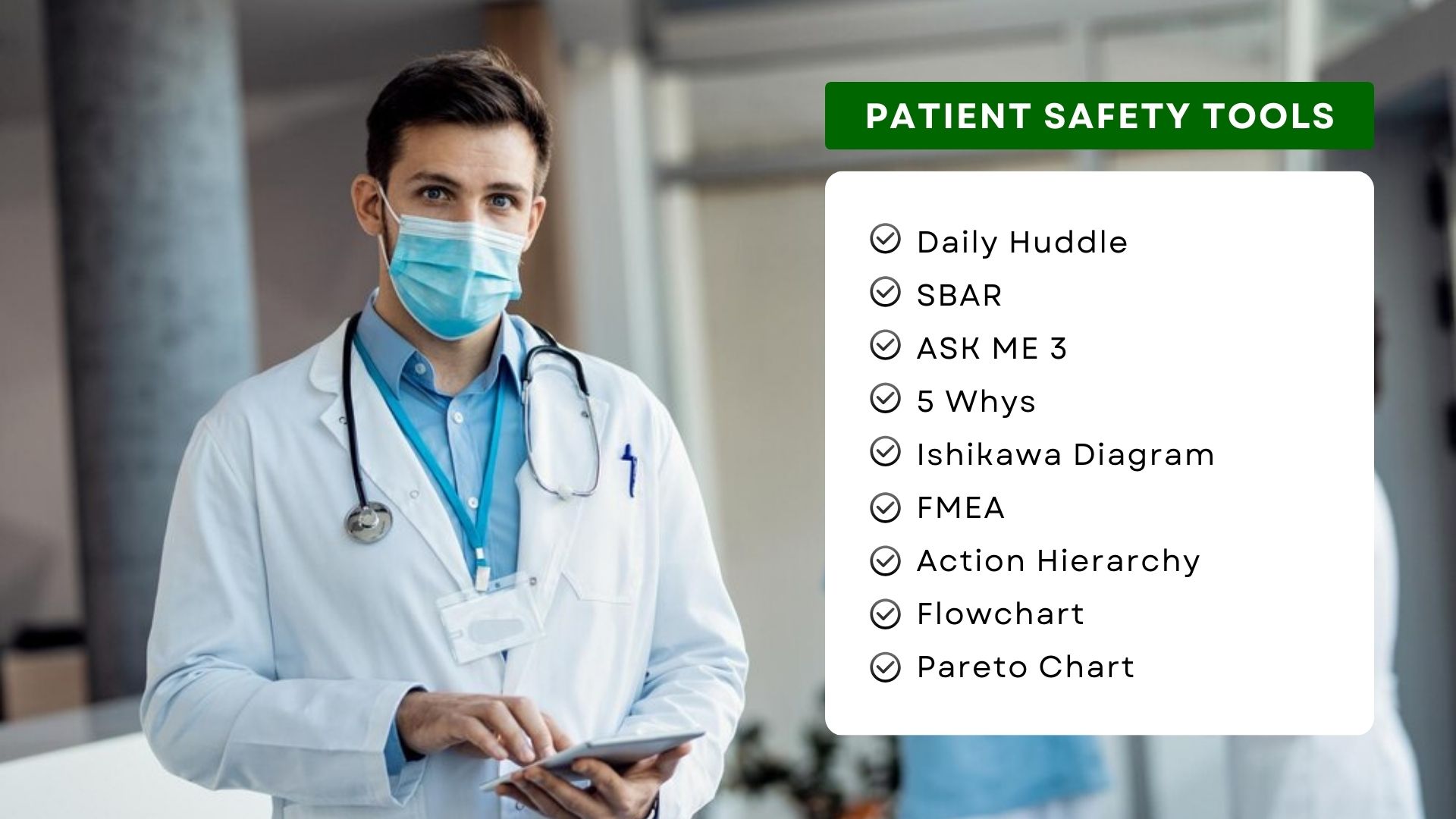
Online Incident Reporting: Key to Fostering Open Communication
Open communication is critical in fostering a safety culture and a positive work environment in healthcare. In this blog, we look at the pivotal role of online incident reporting in fostering open communication and creating a culture of safety, transparency, active learning, and continuous improvement.









